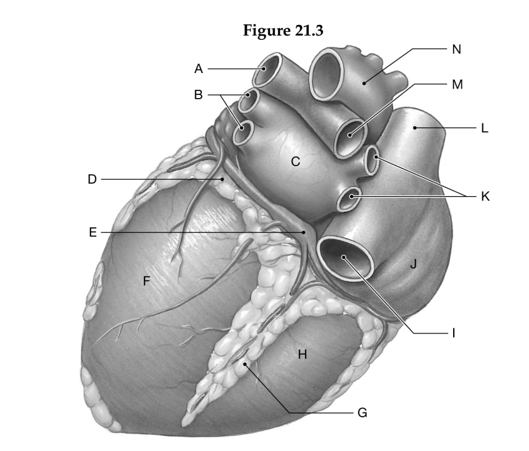A tissue functions to provide protection for an exposed surface. This tissue is most likely ________.
A. transitional epithelial tissue
B. stratified squamous epithelial tissue
C. simple squamous epithelial tissue
D. fibrous connective tissue
Answer: C
You might also like to view...
Using the figure below, identify the labeled part.

1. Label A: ______________________________
2. Label B: ______________________________
3. Label C: ______________________________
4. Label D: ______________________________
5. Label E: ______________________________
6. Label F: ______________________________
7. Label G: ______________________________
8. Label H: ______________________________
9. Label I: ______________________________
10. Label J: ______________________________
11. Label K: ______________________________
12. Label L: ______________________________
1.3 Label M: ______________________________
14. Label N: ______________________________
Define ligaments
What will be an ideal response?
The ion primarily responsible for depolarization in pacemaker cells is ______________, whereas the ion primarily responsible for this in other cardiac cells is _____________
A. sodium; calcium B. calcium; sodium C. potassium; sodium D. calcium; potassium
What type of T cells directly kill cells infected by viruses and cancer cells in specific immunity?
A. T Memory cells B. T Regulatory cells C. T Helper cells D. T Cytotoxic cells